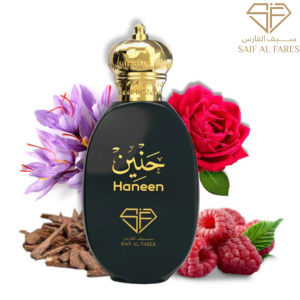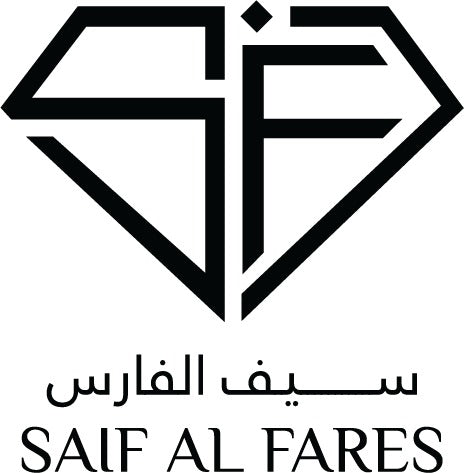
The Timeless Appeal of Arabian Perfumes: A Journey Through History
Share
The world of Arabian perfumes is steeped in history, tradition, and luxury. Middle Eastern perfumery has long been revered for its use of rare and exotic ingredients, creating scents that captivate the senses and leave a lasting impression. Saif Al Fares continues this rich legacy by blending traditional craftsmanship with modern innovation, offering fragrances that embody elegance and sophistication.
The Heritage of Middle Eastern Perfumery
Arabian perfumes date back thousands of years, deeply rooted in the culture and daily lives of the people. The art of perfumery in the Middle East was highly developed during ancient civilizations, including the Egyptians, Persians, and Mesopotamians. These cultures used perfumes for personal adornment, religious rituals, and medicinal purposes.
One of the most significant contributions of Arabian perfumery was the introduction of distillation techniques by scholars like Avicenna, who perfected the process of extracting essential oils from flowers and woods. This innovation laid the foundation for modern perfumery as we know it today.
Signature Ingredients in Arabian Perfumery
What sets Arabian perfumes apart is their deep, rich, and long-lasting compositions. The most prized ingredients include:
Oud (Agarwood) – Known as "liquid gold," oud is one of the most expensive and sought-after fragrance ingredients. Its warm, woody, and slightly sweet aroma adds depth and sophistication to perfumes.
Amber – A resinous ingredient that provides a warm, musky, and powdery scent, adding longevity and richness.
Musk – Traditionally derived from natural sources, musk is now ethically synthesized to create sensual and long-lasting fragrances.
Rose Taif – A luxurious variety of rose known for its intense, honeyed floral scent, often used in high-end Arabian perfumes.
Frankincense and Myrrh – These resins have been used for centuries for their balsamic and slightly spicy aromas, adding an air of mystique to fragrances.
The Evolution of Arabian Perfumes
While traditional Arabian perfumes were primarily oil-based and applied directly to the skin, modern adaptations have introduced Eau de Parfum and spray formats, making them more accessible to global audiences. However, the core essence of these perfumes remains unchanged—rich, opulent, and deeply personal.
Saif Al Fares honors this heritage by meticulously sourcing the finest ingredients and blending them with precision to create signature perfumes that reflect the grandeur of Middle Eastern perfumery. Each bottle encapsulates a timeless story, celebrating the region’s passion for luxury and craftsmanship.
Why Arabian Perfumes Remain Timeless
Long-Lasting Scents – The high concentration of natural oils ensures that Arabian perfumes linger on the skin for hours, if not days.
Cultural Significance – Fragrance is deeply embedded in Middle Eastern traditions, often used for hospitality, religious practices, and personal adornment.
Uniqueness and Depth – Unlike many Western perfumes, which rely on lighter notes, Arabian perfumes focus on bold, complex, and layered compositions.
Luxury and Exclusivity – The use of rare and exotic ingredients makes these fragrances a symbol of prestige and elegance.
Conclusion
The legacy of Arabian perfumes continues to thrive, with brands like Saif Al Fares preserving traditional craftsmanship while embracing modern innovations. By combining the finest ingredients with expert blending techniques, these perfumes offer a sensory experience unlike any other. Whether you seek warmth, sensuality, or mystique, Arabian perfumes provide an olfactory journey through history—one that remains as enchanting today as it was centuries ago.




